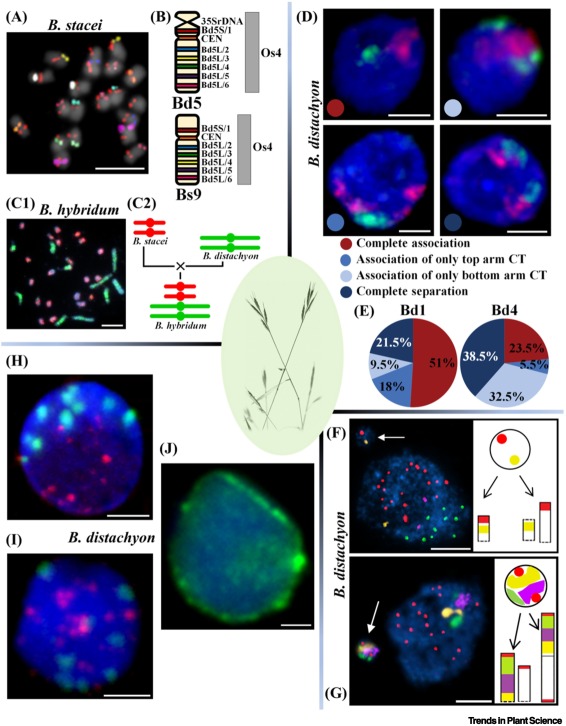Brachypodium: 20 years as a grass biology model system; the way forward? Hasterok R., Catalan P., Hazen S.P., Roulin A.C., Vogel J.P., Wang K., Luis A.J.Mur L.A.J.
doi: https://doi.org/10.1016/j.tplants.2022.04.008
Abstrakt [ENG]: It has been 20 years since Brachypodium distachyon was suggested as a model grass species, but ongoing research now encompasses the entire genus. Extensive Brachypodium genome sequencing programmes have provided resources to explore the determinants and drivers of population diversity. This has been accompanied by cytomolecular studies to make Brachypodium a platform to investigate speciation, polyploidisation, perenniality, and various aspects of chromosome and interphase nucleus organisation. The value of Brachypodium as a functional genomic platform has been underscored by the identification of key genes for development, biotic and abiotic stress, and cell wall structure and function. While Brachypodium is relevant to the biofuel industry, its impact goes far beyond that as an intriguing model to study climate change and combinatorial stress.






